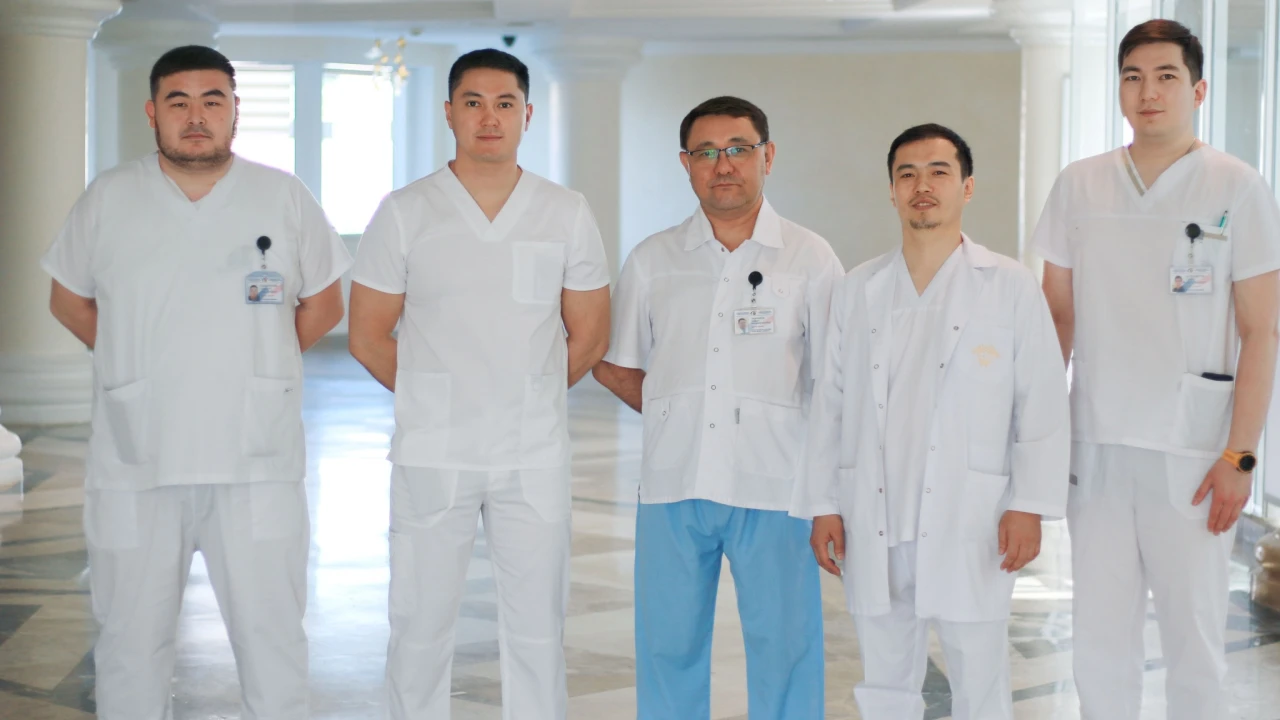





Diabetic foot is one of the serious complications of diabetes mellitus. It is characterized by pathological changes in the feet in the form of ulcers, bone and joint damage, and loss of skin sensitivity. Without timely treatment, this complication can lead to amputation of the limb.
The focus of the new Diabetic Foot Center is to prevent high amputations in people with chronic arterial disease of the lower extremities.
Our Center includes outpatient, inpatient departments and modern angiographic operating room.
The following services are provided in the outpatient department:
- consultation of the endocrinologist;
- consultation of the neurologist;
- consultation of the vascular surgeon;
- consultation of the purulent surgeon;
- consultation of the orthopedic traumatologist;
- ultrasound duplex scanning of the lower extremities vessels;
- computed tomography with contrast to assess the blood flow of the arteries of the lower extremities;
- other instrumental and laboratory tests necessary to confirm the diagnosis and determine indications for further treatment.
The Center implements a comprehensive multidisciplinary approach to the treatment of patients with diabetic foot syndrome. A team of doctors is involved in the treatment of one patient, including vascular surgeon, endocrinologist, cardiologist, neurologist, surgeon, trauma surgeon- combustiologist and radiologist. With this approach, patients receive all necessary medical care in one place under the supervision of their attending physician. We use modern methods of surgical treatment of ulcers: ultrasound cavitation, vacuum therapy, and fibroblast transplantation to close extensive wound defects of the limb. Its location in a multifield hospital allows the Center to able to provide care to patients with severe concomitant pathology (clinically significant coronary artery disease, chronic hemodialysis, etc.).
In the inpatient department, patients are examined and treated before undergoing vascular interventions aimed at preserving the limb, as well as operations and manipulations that promote healing of tissue defects formed on the limb as a result of circulatory disorders.
The following types of operations are performed:
- bypass interventions on lower limb arteries;
- endovascular interventions on lower limb arteries (balloon angioplasty and stenting): a modern minimally traumatic (minimally invasive) way to improve blood circulation.
- hybrid vascular reconstructions (combination of open and endovascular approaches within one clinical episode).
- allotransplantation to close extensive trophic wounds.
Important!
People with diabetes need to have regular foot examinations to get the medical care they need in a timely manner. Early detection of tissue and bone lesions in the foot can reduce the risk of gangrene and prevent amputation in almost 85 percent of cases.
Ablay Seitkaliyev
Head of Diabetic Foot Center, Vascular surgeon
Talgat Sarsembayev
Vascular surgeon
Albert Kydyraliyev
Vascular surgeon
Timur Iskendirov
Vascular surgeon
Aidyn Omarkulov
Surgeon
Anuarbek Kulcharov
Traumatologist - combustiologist
Zhanmedet Shiman
Endocrinologist



